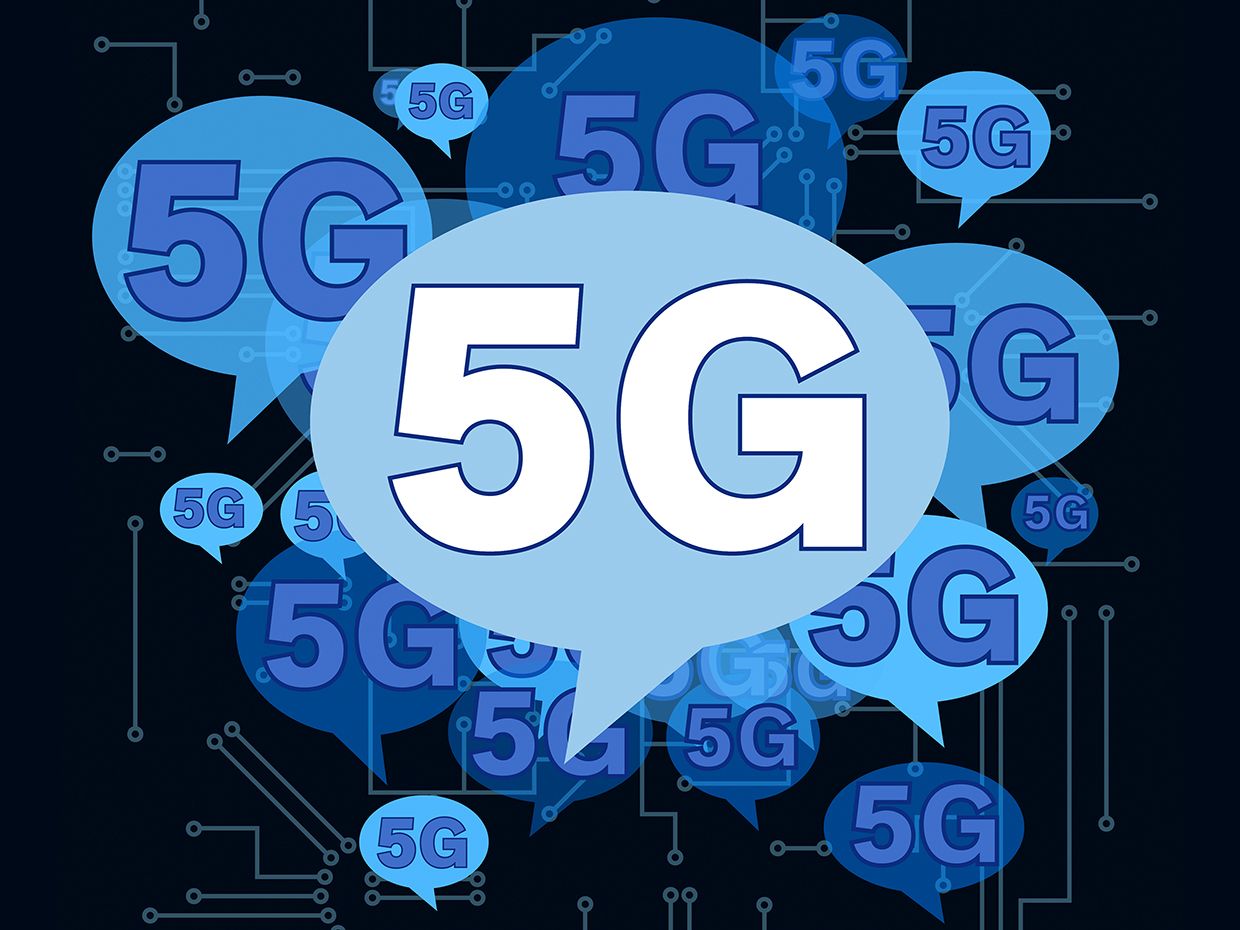By Sarah Yost, SDR Solution Marketing, National Instruments
The 3GPP, 3rd Generation Partnership Project, is the requirements frame that publishes agreed upon specs that define our wi-fi communications standards. They have mentioned a timeline for 5G, and the first phase of definition for 5G, known as New Radio or NR, simply passed in early December 2017 (timeline proven beneath).
Figure 1 – The first specification of the New Radio technology for 5G turned into ratified in overdue 2017, with in addition updates through 2018.
Figure 1 – The first specification of the New Radio generation for 5G became ratified in overdue 2017, with similar updates thru 2018.
Although NR Phase 1 could be exceptional from the LTE protocol typically utilized in these days’ cell communications, there may be similarities as properly. The maximum stark variations among LTE and NR is the provider bandwidth and working frequency. In addition, NR provides new beamforming abilities – each in the analog and digital domain names. The desk beneath illustrates a facet via facet assessment of key specifications for LTE and NR.
Table 1 – Proposed millimeter-wave frequency bands for 5G. *For future examine, not part of LTE Release 15
Table 1 – Proposed millimeter-wave frequency bands for 5G. *For future observe, now not a part of LTE Release 15
In order to meet aggressive timelines for 5G deployment, a plan for ability phasing has been proposed. This plan consists of variations of NR: a stand-on my own version and a non-stand-by myself version. The non-stand-alone version will function with the LTE eNB as the master and a secondary cellular of NR gNBs (equal of eNB in 5G NR) which can be connected to the EPC. This is the model of the standard that became ratified in December 2017. The diagrams underneath show what this may appear like:
National Instruments
Figure 2:
The non stand-by myself model of 5G NR exists as a way to take gain of present infrastructure at some point of preliminary deployments of 5G generation. A stand-on my own model also exists with the purpose of being ahead well matched for destiny generations of wireless requirements. Stand-by myself networks can co-exist with non-stand-on my own and operate simultaneously. A specific date for while stand-by myself era will be rolled out has now not but been set, but it’s far a use case that is being taken into consideration within the NR Phase 1 design. A diagram of the stand-alone case can be seen underneath.
Figure 3
Figure 3: Source: http://www.3gpp.Org/ftp//Specs/archive/38_series/38.804/
Aside from the efforts being made within the standardizations our bodies, Verizon and Korea Telecom (KT) are looking to commercialize pre 5G technologies. Verizon is looking to deploy constant wireless get admission to based totally at the 5G Technical Forum (Verizon 5GTF or V5GTF) physical layer as early as iciness 2017. V5GTF will operate at 28 GHz and be used as a way to supply excessive pace internet in final mile programs, however, will not cover the cellular use case. KT, alternatively, is seeking to install pre 5G era for the wintry weather Olympics being held in February 2018. Specifics of their deployments have not been publicly disclosed.
Operating frequency has been a widely discussed and debated topic for 5G, and readability is starting to emerge. Below is a summary of the frequencies being taken into consideration primarily based on pastime within the 3GP.
Table 2 – LTE vs. 5G abilities.
Table 2 – LTE vs. 5G talents.
The Importance of mmWave
It’s critical to observe that sub-6 GHz frequencies will nonetheless play a critical roll in a 5G era. Companies are seeking to growth bandwidth as much as five times what’s currently to be had in LTE. The frequencies indexed above constitute a majority of the frequencies being taken into consideration but is not a complete list. For example, T-Mobile is planning to apply a spectrum of around six hundred MHz within the United States for 5G deployment.
While millimeter wave (mmWave) frequencies for the primary segment of NR are better described, there will nevertheless be a need for more than one bands, depending on the vicinity. For example, Chinese regulatory bodies have proposed 24. Seventy five-27.5 and 37-42.Five GHz. The FCC inside the US has proposed 28 GHz and a pair of bands masking 37-forty GHz. And the EU has especially stated that 28 GHz will now not paintings and is centered at the 24-27 GHz spectrum as well as 38 and 39 GHz. Korea and Japan are also aligned around 28 GHz.
Having a better concept of what the standard will seem like is a good first step to information the commercialization of 5G, however, there also are some of the different demanding situations in both element and gadget layout as well as tool validation and check which can affect the rate of deployment of these new technologies. The addition of technologies like beamforming requires modifications in the design of RFICs like strength amplifiers and transceivers. To reduce machine loss, antenna arrays are being increasingly incorporated into the same chip or module because of the PAs and transceivers. As an end result, engineers can no longer take a look at these devices with traditional cabled take a look at methodologies. Instead, over-the-air testing, which turned into as soon as taboo, is becoming mandatory.
The Challenges Ahead for Test and Measurement
New Radio, particularly for mmWave, is significantly more complicated than LTE. Much of the existing check equipment is not designed to address the aggregate of higher carrier frequencies, wider bandwidths, and over-the-air measurements. In truth, even the most effective measurement responsibilities which includes taking an RF power dimension ought to need to be rethought for 5G due to the fact the definition of what it means to take the calibrated over-the-air measurement isn’t always virtually defined and agreed upon in the industry.
While the standardization process of layer 1 and layer 2 is unexpectedly coming to a close, there are nevertheless numerous challenges that continue to be to be solved. Thus far 5G has spread out a new technology in wireless communications and it’s clear that that is just the beginning. Now it’s time for RFIC design and the check and measurement enterprise to take what we’ve discovered from wireless researchers and similarily innovate so as for 5G to be deployed commercially.

